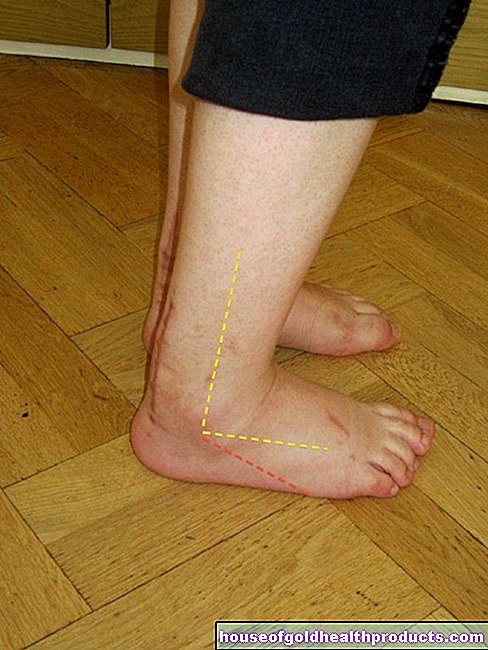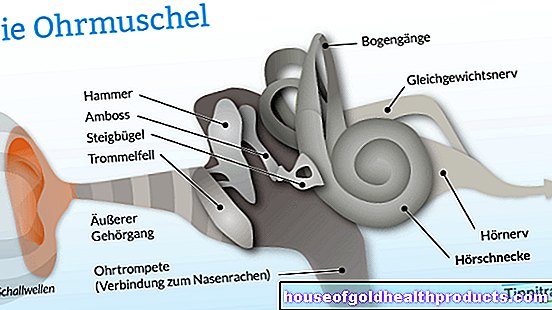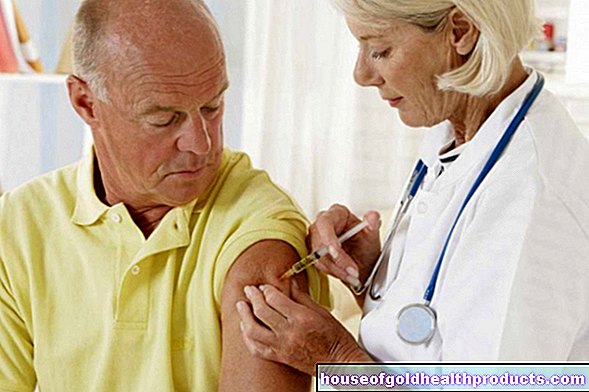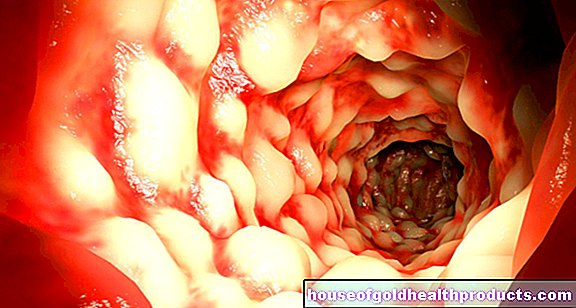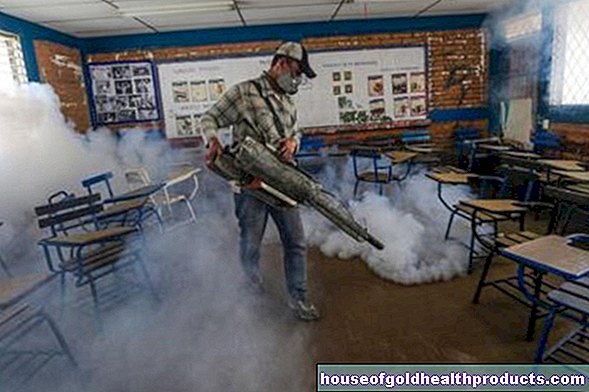Ambrosia: First aggressive pollen on the way
All content is checked by medical journalists.Bad news for allergy sufferers: The first ragweed pollen is flying. Ambrosia is one of the most feared of the allergy-causing plants. As little as five to ten pollen from the aggressive daisy family per cubic meter of air is enough to trigger allergic symptoms - with grasses, five to ten times more pollen is required for this.
Up to ten percent of the population react to ragweed pollen with itching eyes and a runny nose. People with allergic asthma are particularly hard hit: the allergens floating around can cause severe breathing difficulties for them. The German Allergy and Asthma Association (DAAB) warns of this.
Ambrosia pollen is currently flying in Mecklenburg-Western Pomerania, Brandenburg, Berlin, Saxony-Anhalt, Thuringia, Saxony and Bavaria. In the next few days, a pollen count can be expected across the whole of Germany.
Air pollution changes the pollen
Urban dwellers can be much more troubled by plants than people in rural regions. Because air pollutants make allergens particularly aggressive, researchers at the Helmholtz Center in Munich have now discovered. "Ambrosia that grow on motorways are significantly more allergenic than their off-road relatives," says study author Ulrike Frank.
In an experiment, the researchers exposed ragweed plants to nitrogen oxide (NO2), which is produced when fuel is burned. And that obviously puts the plants under stress. "Our data showed that this changes the protein composition of the pollen," says first author Dr. Feng Zhao. Among other things, various forms of the ambrosia allergen Amb a 1 were significantly increased.
The scientists also observed that the pollen from plants treated with nitrogen bound much more strongly to special antibodies from ragweed allergy sufferers. This is often the beginning of an allergic reaction.
"Ultimately, it is to be expected that the already aggressive ambrosia pollen will become even more allergenic in the future due to air pollution," summarizes the head of the study, Dr. Ulrike Frank summarized the results.
What you can do against ragweed yourself:
- Use only ambrosia-free bird seed
- Report larger stocks of Ambrosia to the responsible reporting offices in your region. You can find out what these are at www.ambrosia.de.
- If possible, remove the plants together with the roots before the onset of flowering and dispose of them in a plastic bag in the residual waste bin. Only touch the plants with gloves.
- When removing plants that are already in bloom, you should use fine dust masks for pollen protection.
Introduced from North America
The ragweed is an annual plant that belongs to the Asteraceae family and is native to North America. It was probably introduced to Europe via birdseed and is now spreading strongly here as a result of climate change. (cf)
Sources:
Press release of the German Allergy and Asthma Association: DAAB warns: First ragweed pollen on the way in Germany, 08/18/2015
Zhao, F. et al. . Common ragweed (Ambrosia artemisiifolia L.): Allergenicity and molecular characterization of pollen after plant exposure to elevated NO2. Plant, Cell & Environment, DOI: 10.1111 / pce.12601
Tags: Baby Child vaccinations laboratory values




